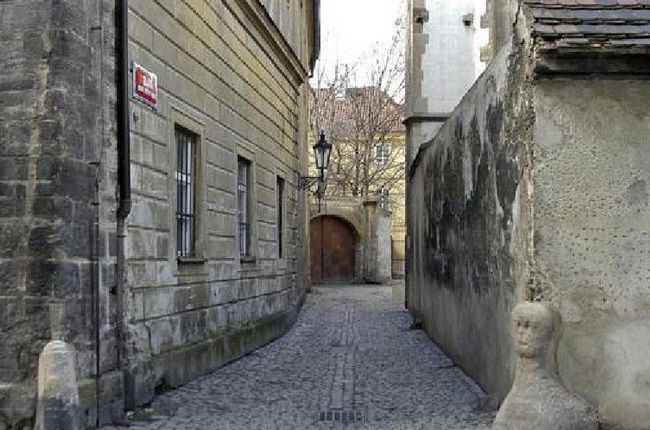
The form of historical streets and spaces in Prague will be determined by the city concept
 |
Prague - The appearance and details of historical Prague streets and public spaces will be determined by a new municipal concept. It addresses, for example, the arrangement of public spaces, surfaces, or equipment such as benches or bins. The document aims to facilitate communication between heritage preservers, the city and its institutions, as well as architects and private investors. The goal is to find a intersection between heritage protection and the modern use of public spaces. This is stated in the document that was approved by Prague councilors today.
"Streets and squares are used in a completely different way than at the time of their creation. Therefore, if the revitalization of public space occurs, it is necessary to find answers on how to modify public spaces to meet the needs of today’s people while preserving their historical qualities," the document states.
The material also addresses height profiles, with heritage preservers rejecting uniform curb heights with the roadway. Such an arrangement should, according to the document, be an exceptional phenomenon. The roadway and the sidewalk should only be at the same level in justified cases where it enhances the safety of traffic, for example, in front of schools. Considering safety, the material allows for so-called set-back corners, which narrow the street throat and thus shorten the pedestrian crossing length, and refuge islands at crossings are also permitted.
In terms of paving, typical patterns and materials designated for Prague are to remain a core solution. The document also deals with the placement of street furniture and the planting of trees in streets. Rows of trees are to be planted especially where there is block development in the city. Individual trees should be in places where a tree has already grown. The surroundings of trees in the immediate and most frequented historical center should be cast iron, while elsewhere steel is acceptable.
According to the document, the methodology is not a dogma on how to approach the modification of public spaces, but rather a guide that will facilitate communication between heritage preservers and other participants, whether private investors or municipal companies. "Each project requires an individual approach," it states.
The English translation is powered by AI tool. Switch to Czech to view the original text source.
0 comments
add comment











